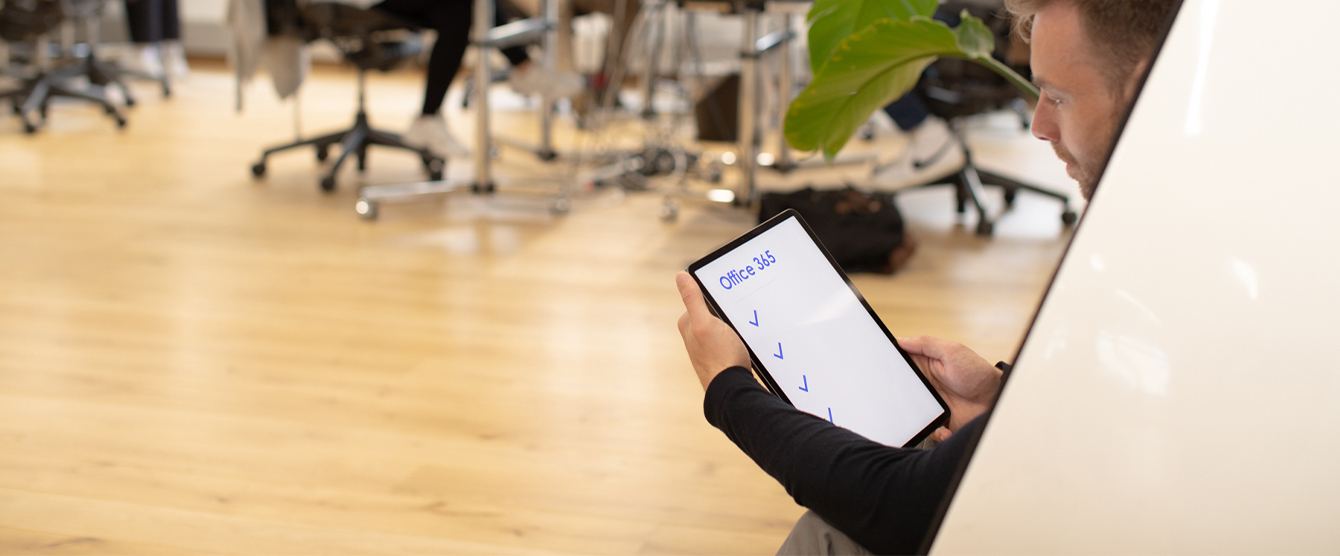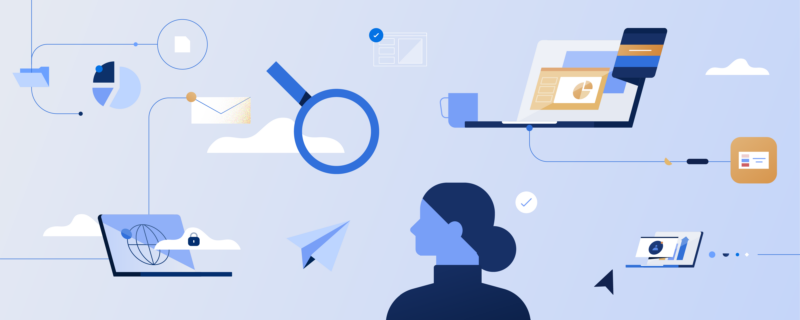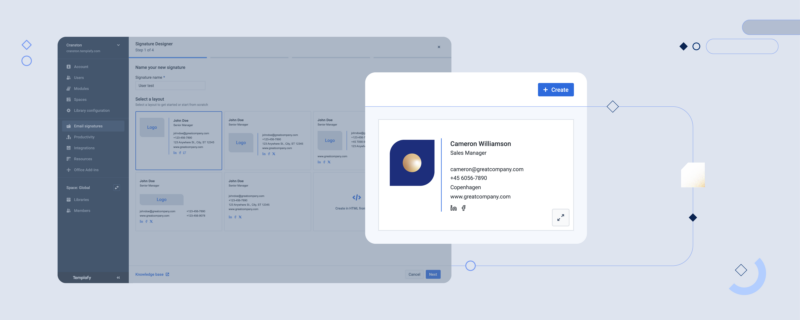When it comes to digital aids to boost workplace efficiency, companies today are spoiled for choice. And yet, managers are often slow to jump on board and update their processes in tandem with emerging technologies.
All that choice is part of the problem – with a market saturated by new software and apps, it’s easy to feel overwhelmed by the technological glut and seek comfort in the status quo. When measuring productivity, said Australian economist Ross Gittins, it can be hard to distinguish between more machines and better machines.
That leaves managers averse to change, concerned that the time spent researching and implementing new technologies, not to mention re-training employees, will hinder their efficiency and hurt the bottom line.
But research from United States, shows that highly productive workplaces also tend to be innovative ones. They stay on top of their technological game and routinely examine how to do things differently.
A series of case studies analysed by Employment New Zealand identified 7 key productivity drivers – and found that one of the key features of a productive workplace was “encouraging innovation and the use of technology”.
The study found that many high-performing companies have an innovation mindset, which leads them to embrace relevant, new technologies to help them work better, while investing regularly in research and development.
Innovation as teamwork
Innovation, however, is also a team effort. The successful companies in the case studies had something in common: they sought out employee feedback on productivity challenges and then trained their employees to use the new technologies effectively. Many also maintained an open-door policy, giving people the opportunity to suggest new ideas or processes.
One of the case studies was aged care provider Switzer, whose innovative mindset helped it become an industry leader. The company recognized that staff are the best people to identify challenges within workflow and productivity. Through dialogue with its employees, management became aware of a major productivity challenge – staff were taking sick leave because of risks posed by the manual handling of patients. In response, Switzer investigated solutions and rolled out a “no-lift” policy in tandem with new technology designed to help mobilize the elderly patients.
But sometimes it’s actually the employees who are reluctant to embrace new technologies, even where it ultimately benefits them. Several employees were reportedly resistant to the new policy. They believed that being unable to lift patients would significantly slow down their workday.
In response, managers showed strong leadership and kept the communication channels open. They engaged in dialogue to explain why the changes were necessary and trained staff comprehensively in the new procedures and equipment.
For the General Manager, Jackie Simkins, investing in innovation ultimately far outweighed the costs.
“Investing in equipment that makes the job easier and reduces the number of accidents means staff can start getting more pleasure out of doing the job. This means you keep them longer and this balances up the cost of new equipment.”
How this applies to you
You can apply the innovative mindset to boost the productivity in your own workplace. That means exploring how your workplace can do things better and smarter – and how the new technologies within your field can help.
Being open to innovation doesn’t have to mean making grandiose, sweeping changes with high-tech gadgets. Depending on the needs of your workplace, sometimes it starts with something small, such as investing in new software to speed up a menial, time-consuming processes.
For example, investing in an upgraded electronic payroll system can suddenly push you far ahead and improve the work experience of your team. Or you can choose from a range of tools which enhance workplace safety, leading to less employee absenteeism. Being open to innovation can even mean something as simple as researching the top ten productivity apps on the market and supplying them to your team.
But finding smart design on the market is only half the story – as Switzer demonstrated, it’s critical to invest in the skills of your team when you invest in new technologies. A comprehensive, training program may feel like a setback, but in the long-term it will yield big rewards by boosting productivity. Highly skilled workers require less micro-managing and as they feel themselves accomplishing more in less time with the help of new technologies, leaving them more motivated and satisfied in the workplace.
Most importantly, creating a dialogue is critical – find out what’s holding the team back from maximising their productivity, or talk to individual team members about their concerns. And once you’ve done your research and settled on the solutions, make sure you effectively communicate the why and the how.
Ultimately, the innovative mindset is about constantly re-evaluating whether your work processes could be improved, and how the products out there can help. Instead of being daunted by choice, get excited about the new tools on the market, which can help your workplace thrive.




